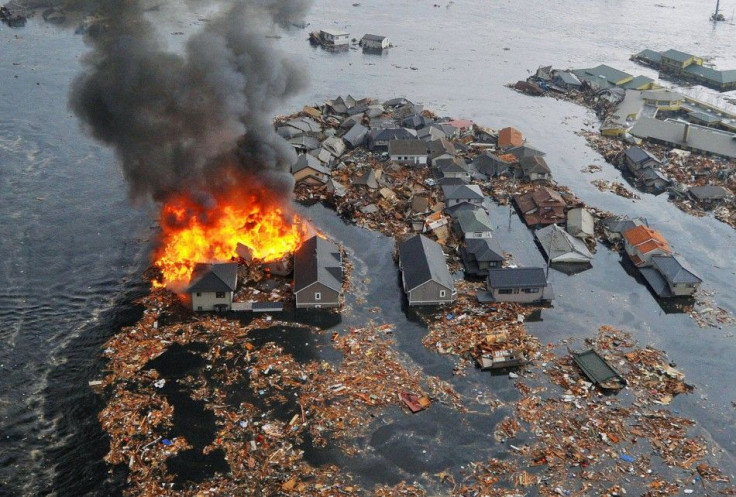Japanese govt likely to spend on earthquake reconstruction, strong growth will follow

Japan’s tragic earthquake and subsequent tsunami not only cost humans lives but also economic damage. So far it’s too early to estimate the damages in dollar terms, according to Nomura Global Economics.
However, below is a list of things that have been damaged or temporarily halted in various affected areas.
-Roads, trains, and airports
-Electricity supply
-Chemical and electronic plants
-A nuclear power plant
- Residential and commercial buildings that are damaged from flooding and fires
In the short-term, Japan’s economy is expected to contract due to the disruption of businesses and the physical destruction and damage.
However, this contraction is expected to be compensated for by the ensuing reconstruction boom.
To get an idea of what will likely happen, it helps to look at the January 1995 Kobe earthquake, which caused damage equivalent to about 2.5 percent of Japan’s GDP at the time and claimed 6,000 lives.
In January 1995, consumer confidence and industrial production fell sharply. However, in the following months, industrial production rebounded strongly. As a result, GDP growth in the first quarter of 1995 actually showed a 0.7 percent (non-annualized) quarter-on-quarter expansion.
One thing that lifted growth was government spending on reconstruction.
For the March 2011 earthquake, Nomura expects a “similar significant fiscal response from the authorities.” Moreover, the Bank of Japan has already announced that they’re ready to boost the market with addition liquidity if necessary.
The combination of fiscal policy, monetary policy, and 1995’s historic example suggests that despite an initial setback, Japan’s economy should do just fine in the medium and long term.
Email Hao Li at hao.li@ibtimes.com
Click here to follow the IBTIMES Global Markets page on Facebook
Click here to read recent articles by Hao Li
© Copyright IBTimes 2024. All rights reserved.











